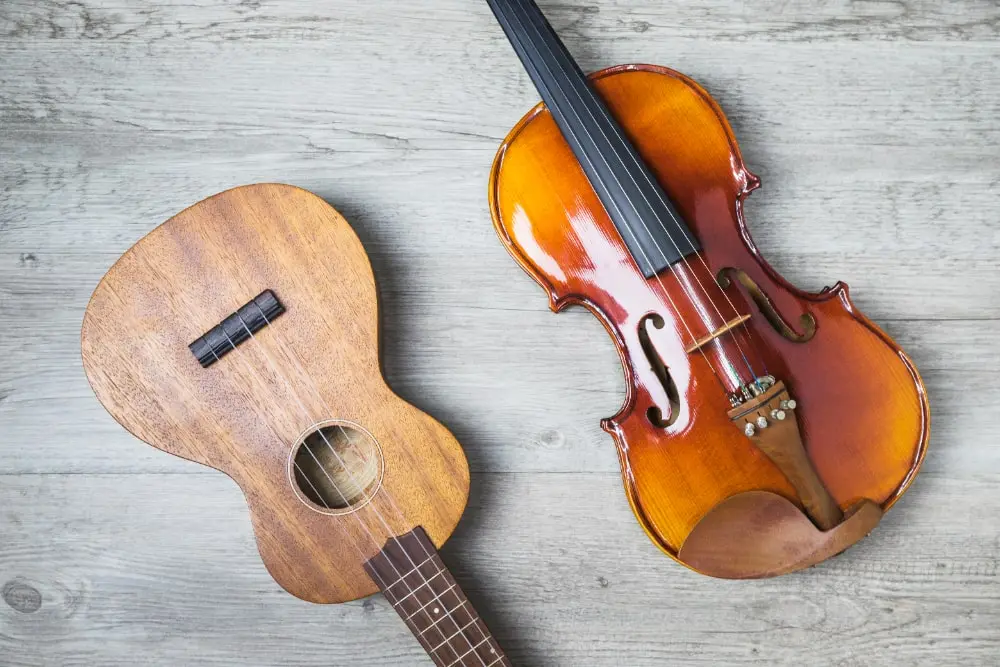All Topics
- Alchemizing Music Concepts for Students
- Artist Spotlight
- Artium Maestros
- Artium News
- Carnatic Music
- Devotional Music
- Editorials by Ananth Vaidyanathan
- Film Music
- Guitar
- Indian Classical Music
- Insights
- Instruments
- Karaoke Singing
- Kids Music
- maestros
- Music Education
- Music for Kids
- Music Industry
- Music Instruments
- Music Theory
- Music Therapy
- Piano
- Time Theory
- Tools
- Uncategorized
- Vocal Singing
- Vocals
Lead Guitar Lessons, Tips, and Training
Lead Guitar Lessons, Tips, and Training

Table of Contents
Introduction to Lead Guitar and the Role of a Lead Guitarist
The mesmerizing sound of a lead guitar soaring over a musical landscape is enough to captivate anyone’s attention. Whether you’re a seasoned guitarist looking to expand your horizons or a beginner dreaming of shredding solos, understanding lead guitar and the role of a lead guitarist is a thrilling journey that awaits you.
What Do People Mean When They Say “Lead Guitar?”
Lead guitar is the art of playing melodic lines, solos, and intricate phrases that stand out in a musical composition. Think of it as the spotlight-stealer, the storyteller, and the emotional powerhouse of a band. When you hear a guitar solo that sends shivers down your spine or makes your heart race, you’re experiencing the magic of lead guitar.
What Is the Role of a Lead Guitarist?
Imagine a band as a painting, with each instrument adding its own color to the canvas. The lead guitarist’s role is to create dazzling brushstrokes of melody, adding depth, emotion, and excitement to the overall picture. While rhythm guitar and bass guitar provide the foundation and groove, the lead guitarist elevates the music to new heights, adding personality and flavor.
The 3 Most Common Guitar Roles
1. Bass Guitar
The bass guitar is like the heartbeat of the music. It provides the foundation by anchoring the rhythm and harmonies, creating a solid backbone for the rest of the band to build upon. Bass lines interlock with the drums, forming the groove that gets people moving.
2. Rhythm Guitar
Rhythm guitar is all about keeping the pulse alive. It provides the lead chords guitar and strumming patterns that drive the song forward. While rhythm guitar may not always be the center of attention, it’s a crucial element that holds the composition together.
3. Lead Guitar
Ah, the spotlight! Lead guitar is where creativity knows no bounds. It’s about crafting melodies, bending strings, and weaving through scales to create awe-inspiring solos. The lead guitarist’s role is to inject emotion and personality into the music, leaving a lasting impression on the listener.
How to Play Lead Guitar
Playing lead guitar or learning lead guitar lessons isn’t reserved for virtuosos; it’s a skill that can be developed with practice and dedication. Here’s a roadmap to get you started:
1. Master the Basics
Before diving into complex solos, ensure you have a solid grasp of basic guitar techniques. This includes proper fretting, picking, and strumming techniques.
2. Understand Scales and Modes
Scales are the building blocks of lead guitar. Start with the major and minor scales, and gradually explore Scales like Penta-Tonic and Blues Scales; you can also explore modes like Dorian, Lydian, and Mixolydian. These scales provide the raw material for creating captivating solos.
3. Develop Phrasing and Dynamics
A great solo isn’t just about playing fast; it’s about expressing yourself. Focus on phrasing – how you string together notes – and dynamics – the variations in volume and intensity. This is what gives your solos a unique voice.
4. Learn Iconic Solos
Studying legendary solos from guitar heroes can provide valuable insights into lead guitar techniques and advanced guitar lessons. Analyze the choices they make, their use of scales, and how they build tension and release. You can also learn some playing techniques through learning songs and master the method of playing it.
5. Jam with Backing Tracks
Practice playing lead guitar over backing tracks in different keys and styles. This will help you develop your improvisational skills and train your ear to navigate in different musical contexts.
How to Identify the Key of a Song
Before starting your lead guitar journey, it’s crucial to identify the key of the song you’re playing. You should also know about the advanced guitar theory for this. The key determines the set of notes that sound harmonious within the composition. Here’s a simple method to identify the key:
1. Listen to the Chords: Pay attention to the chords being played. The chord progression often hints at the song’s key.
2. Find the Tonic: Identify the “home” chord – this is usually where the song starts and ends. The root note of this chord is likely the key.
3. Test the Scale: Play the major and minor scales of the potential key over the chords. Whichever scale fits harmoniously is likely the correct key.
How to Play Lead Guitar – The A Minor Pentatonic Scale
One of the most versatile and widely used scales in lead guitar is the A minor pentatonic scale. It’s a five-note scale that provides a bluesy and soulful sound.
How Do You Practice Lead Guitar?
Practice is the key to mastering lead guitar. Here are some effective practice strategies:
1. Scales and Exercises: Dedicate time to practicing scales, arpeggios, and technical exercises. This builds finger dexterity and strengthens your familiarity with the fretboard.
2. Phrasing and Improvisation: Practice creating melodies and solos over backing tracks. Focus on incorporating different techniques, dynamics, and emotions into your playing.
3. Learn Solos: Choose solos from your favorite songs and work on them. Break them down into smaller sections, and gradually build up to playing the entire solo.
4. Ear Training: Train your ear by playing melodies by ear, transcribing solos, and identifying intervals and chords in songs.
5. Jamming with Others: Playing with other musicians challenges you to adapt your lead guitar skills in real-time. It also exposes you to different styles and musical ideas.
What Should I Learn for Lead Guitar?
As a lead guitarist, there are several important concepts and techniques to learn:
1. Scales and Modes: Major, minor, pentatonic, and modal scales are fundamental tools for crafting solos.
2. Bending and Vibrato: These techniques add expressiveness to your playing, allowing you to infuse emotion into your solos.
3. Hammer-ons and Pull-offs: These techniques create smooth and fluid legato passages.
4. Tapping: Tapping involves using both hands to produce rapid and intricate patterns on the fretboard.
5. Slides and Trills: Slides add a unique character to your playing, while trills create rapid oscillations between two notes.
6. Music Theory: Basic music theory knowledge helps you understand keys, chord progressions, and how melodies fit within a song.
How Hard Is Lead Guitar?
The difficulty of lead guitar largely depends on your dedication and practice routine. While some techniques may seem challenging at first, consistent practice and a patient approach will lead to steady improvement. Remember, even the greatest guitarists started as beginners.
What Is the First Thing to Learn in Lead Guitar?
For beginners, the first thing to learn in lead guitar is basic fretting and picking techniques. Start with simple exercises to build finger strength and coordination. As you progress, dive into scales and melodies, gradually incorporating bending and vibrato for expressive playing.
How Long Does It Take to Learn Lead Guitar?
The journey to becoming a proficient lead guitarist varies for each individual.
It depends on factors like your practice routine, natural aptitude, and previous musical experience. With focused practice, you can expect to see significant progress within a few months to a year. However, mastery is an ongoing pursuit that takes years of dedication.
Do Lead Guitarists Play Chords?
While lead guitarists are known for their melodic solos, they can also play chords when the music calls for it. In some compositions, lead guitarists switch between playing chords and taking solos. This versatility adds depth to their role and allows them to contribute to various aspects of the song.
Wrapping up!
Lead guitar is a thrilling adventure that invites you to explore the heights of musical expression. From crafting soul-stirring solos to adding color and emotion to a composition, the role of a lead guitarist is both captivating and rewarding.
Remember, the journey of being the greatest begins with the first step and to become a lead guitarist, you need to start by learning to play the instrument. Start with us and book a free 1:1 music learning session today!







